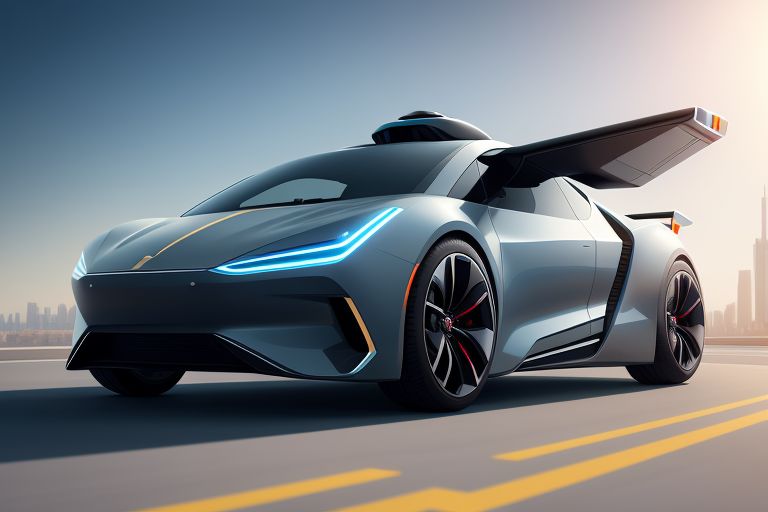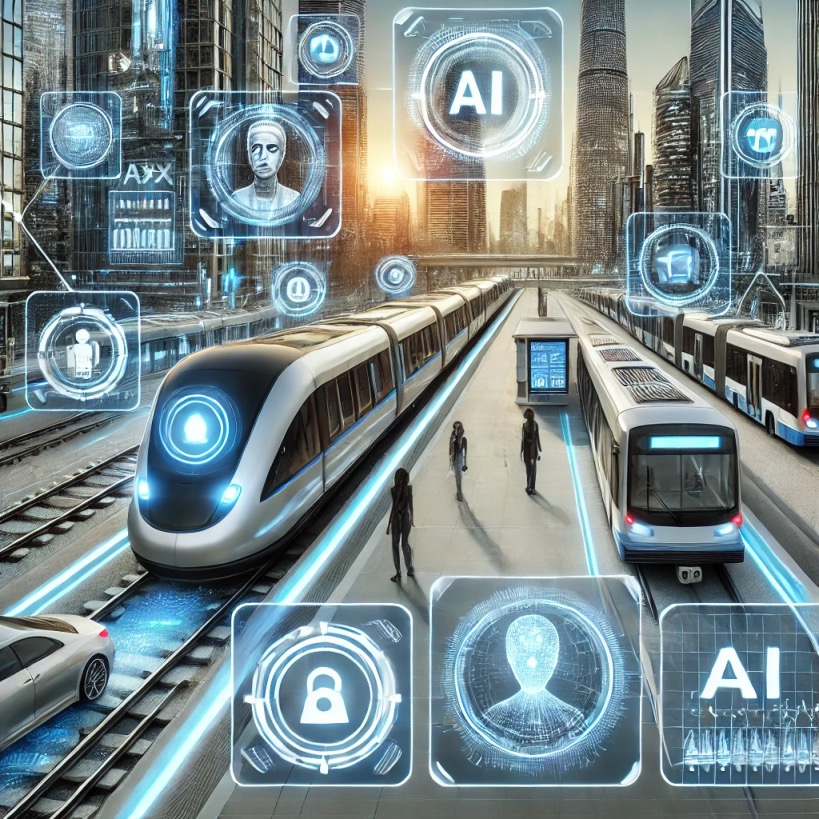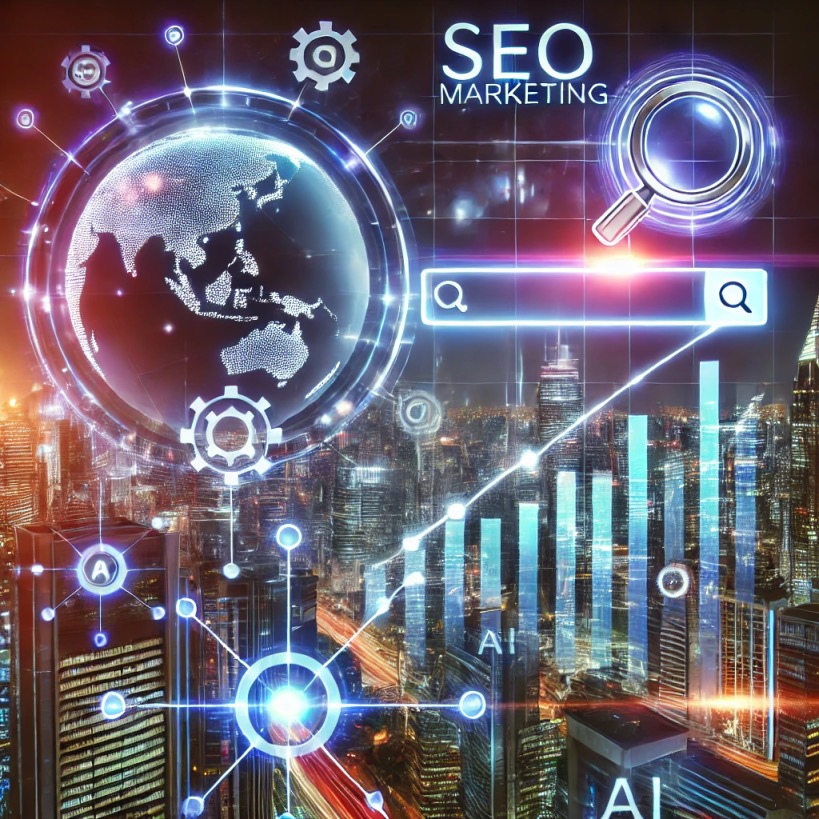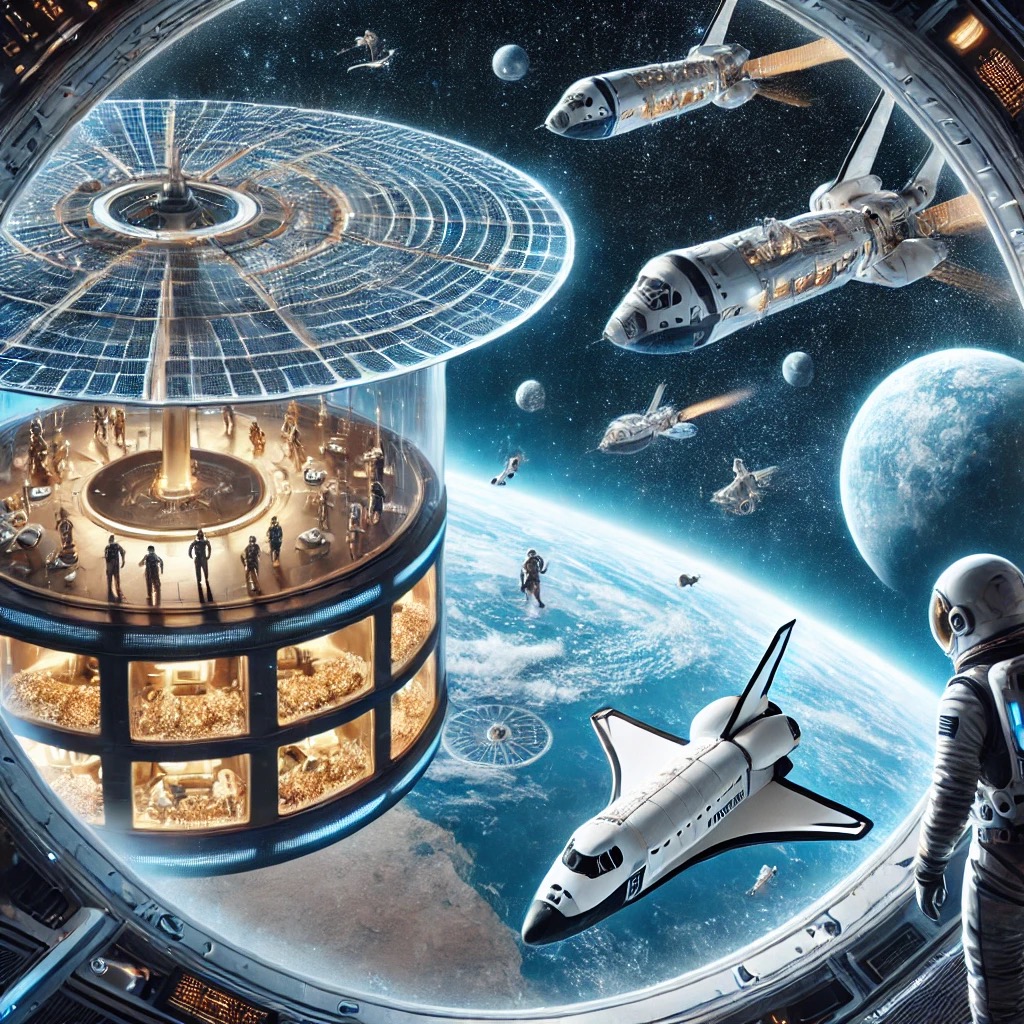The transportation landscape is undergoing a seismic shift as flying cars and self-driving buses transition from sci-fi fantasies to tangible realities. These innovations promise to alleviate urban congestion, reduce emissions, and redefine mobility. Here’s a comprehensive look at the technologies, challenges, and transformative potential of this futuristic vision.


1. Flying Cars: Taking to the Skies
Current State of Development:
- eVTOLs (Electric Vertical Takeoff and Landing):
- Companies like Alef Aeronautics (Model A), EHang (EH216-S), and Joby Aviation are pioneering air taxis.
- Certification Milestones:
- EHang’s EH216-S became the first crewed eVTOL certified in China (2023).
- FAA and EASA are drafting regulations for urban air mobility (UAM) in the U.S. and Europe.
Key Benefits:
- Decongesting Cities: Bypass ground traffic with aerial routes (e.g., Dubai’s flying taxi trials).
- Emergency Services: Rapid medical transport (e.g., Airbus’ CityAirbus for EMS).
- Sustainability: Electric propulsion reduces carbon footprints compared to helicopters.
Challenges:
- Regulatory Hurdles: Airspace management, safety protocols, and noise regulations.
- Infrastructure: Building vertiports (skyports) for takeoff/landing (e.g., Lilium’s vertiport network).
- Cost: Initial rides could cost 3–3–5 per mile, limiting accessibility.

2. Self-Driving Buses: Revolutionizing Public Transit
Current Deployments:
- Pilot Programs:
- Singapore: Autonomous shuttles in Sentosa and Punggol.
- Phoenix, AZ: Waymo and Local Motors testing self-driving buses.
- Europe: Navya and EasyMile operate in Helsinki and Lyon.
Key Benefits:
- Efficiency: 24/7 operation, optimized routes via AI, and reduced labor costs.
- Safety: Eliminate human error (90% of accidents are caused by driver mistakes).
- Accessibility: On-demand services for underserved areas (e.g., rural or elderly populations).
Challenges:
- Complex Environments: Navigating unpredictable pedestrians, cyclists, and weather.
- Public Trust: High-profile accidents (e.g., Uber’s 2018 fatality) fuel skepticism.
- Cybersecurity: Protecting autonomous systems from hacking.
3. Synergies and Integrated Mobility
- Multimodal Networks:
- Flying cars handle long-distance or emergency routes, while autonomous buses manage local transit.
- Apps like Uber Elevate (now defunct) aimed to integrate air and ground rides.
- AI-Driven Traffic Management:
- Centralized systems coordinate fleets, minimizing congestion (e.g., NVIDIA’s Metropolis).
- Smart City Integration:
- 5G and IoT enable real-time communication between vehicles, traffic lights, and infrastructure.
4. Sustainability and Energy Innovations
- Electric Propulsion:
- eVTOLs and autonomous buses rely on lithium-sulfur or solid-state batteries for longer ranges.
- Hydrogen Fuel Cells: Companies like Hyundai and ZeroAvia explore hydrogen-powered air taxis.
- Renewable Energy Hubs:
- Solar-powered vertiports and charging stations (e.g., Skyports’ green energy initiatives).
5. Regulatory and Ethical Considerations
- Air Traffic Control: Developing UAM corridors and drone traffic systems (e.g., NASA’s UTM project).
- Equity: Ensuring affordable access to avoid a “two-tier” mobility system.
- Data Privacy: Managing passenger data collected by autonomous systems.
6. Future Timeline and Predictions
- 2025–2030:
- Limited commercial eVTOL services in megacities (e.g., LA, Tokyo).
- Autonomous buses dominate fixed routes in smart cities.
- 2035–2040:
- Flying Car Ownership: Prices drop to ~$50,000, akin to luxury cars today.
- AI Traffic Orchestration: Fully autonomous skies and roads with minimal human oversight.
Case Studies
- Toyota’s Woven City: A prototype smart city in Japan with integrated autonomous shuttles and UAM testing.
- Volocopter in Paris: Plans to launch air taxis for the 2024 Olympics.
- China’s Autonomous Buses: Over 10 cities operate driverless buses, led by Baidu’s Apollo platform.
Conclusion
The future of transportation lies in a seamless blend of aerial and terrestrial autonomy. While flying cars and self-driving buses face hurdles regulation, cost, and public acceptance their potential to transform urban mobility is unparalleled. Success hinges on collaboration between governments, tech innovators, and communities to ensure these advancements are safe, sustainable, and equitable. By 2050, cities could resemble orchestrated ecosystems where AI-guided vehicles glide above and below, turning today’s gridlock into a relic of the past. 🚁🚌



